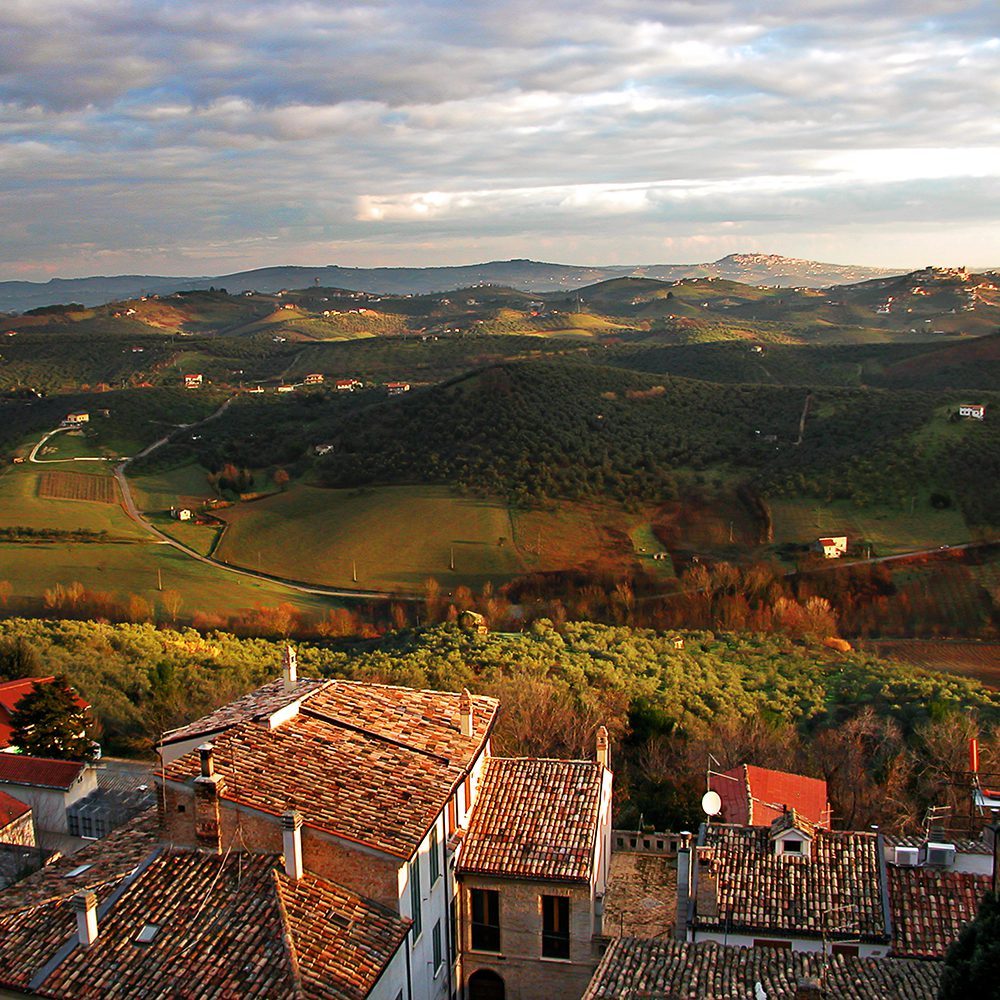Buone Feste: Cotechino, Friend or Foe?
Buone Feste: Cotechino, Friend or Foe?
Love it or leave it, Cotechino has undoubtedly become as closely tied to Italian New Year’s traditions as lenticchie (lentils) and good prosecco. Although usually a holiday favorite, Cotechino is enjoyed year round in Italy, having risen from its origin as a rustic staple to a culinary delicacy.
The beginnings of Cotechino date back to the 16th century, when the dish was born ironically from a political maneuver that greatly affected the people of Modena. In 1511 the city pledged its allegiance to the republic of Venice, which was in direct opposition to the leadership of Pope Giulio II. The maneuver exercised by the Modenesi incited the anger of Pope Giulio II and he immediately sent troops to besiege the city. Isolated from all provisions, the Modenesi had to sustain themselves on only foods still available within the city. Through ingenuity and the will to survive, the townsfolk developed the idea to stuff pork and pork bits into its own skin in order to produce a fresh sausage that could be eaten by all. While the siege eventually came to an end and Modena once again fell under the rule of Pope Giulio II, Cotechino survived as the only enjoyable remnant from the siege. Already well known for its production of “yellow sausages” and other cured meats, Modena increased its fame with the large scale production of Cotechino and Zampone in the 18th century. A larger supply of Cotechino and Zampone was thus able to be distributed throughout Italy, making the once specialty food items more accessible to Italian families. Since then, the two unique pork delicacies have transcended from just holiday fare to become a mainstay of Italian culinary traditions.
A celebration of all things pork, Cotechino is the ultimate Modenese sausage made from a blend of ground pork, pork rinds, fatback and spices, encased in pig skin. Zampone slightly differs from its Cotechino kin due to the addition of hog forelegs and trotters to the mix. The mixture is then stuffed into a natural casing made from the skin of the shank, which when cooked, produces a distinct gelatinous rind that is meant to also be consumed. Cotechino is usually purchased fresh or pre-cooked. The fresh variety takes a bit more work to prepare, while the pre-cooked version is simply boiled for about 20 minutes to thoroughly heat. Cotechino is sliced into rounds and traditionally served warm alongside lentils, mashed potatoes and in some cases, polenta.
Cotechino is not for everyone, not for lack of flavor, but mostly because of its consistency. For some, a silky, gelatinous mouth feel is not preferable. But regardless of your initial impressions of the rosy-pink and speckled sausage, it is most definitely worth a try. Besides, isn’t anything usually made from pork delicious?































































MMM…looks yummy. Makes me want to be in Italy right now!